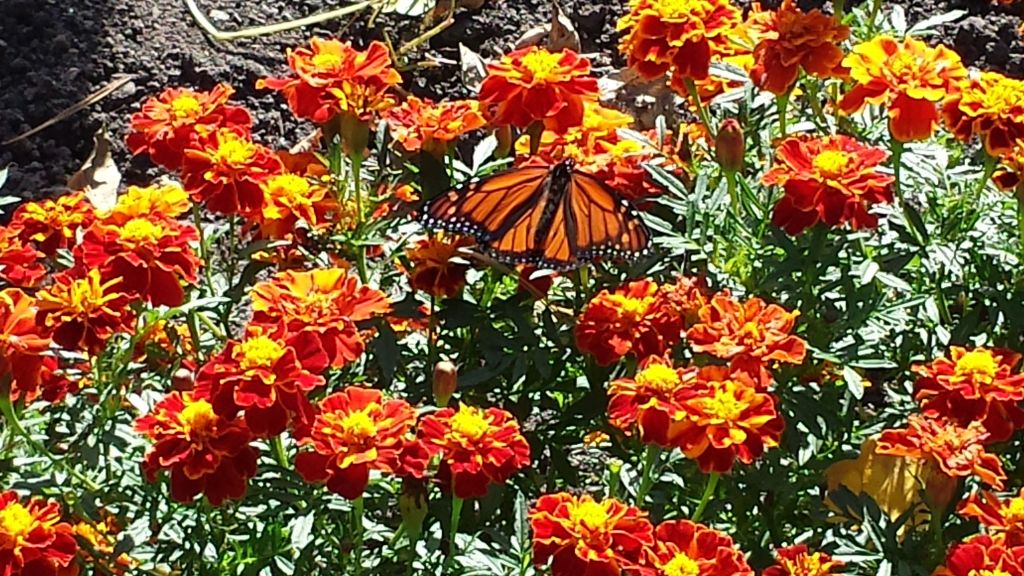What do any of us know about mulberries?, I fumed. We can’t tell a mulberry from a serviceberry. It wasn’t about the mulberries, really. Of course it was. But it was also about hopelessness.
The joy and danger of my work is that I traffic in the good. Not in the way that when I worked at an ice cream shop, I trafficked in the good, scooping cones slightly larger than the 4 oz. regulation size. I traffic in the Moral Good; every aspect of my work translates to the larger philosophical task of Pursuing the Good. And today, I was tired. Of doing good. Of the long, long time and many, many committee meetings it takes to accomplish anything in church. Of the pettiness of human nature and our inability to transcendently love each other. Of our constantly falling short of the Glory of God.
So today… I left work at 12:30, intending to take a long and entirely un-Good lunch break doing Absolutely Nothing that I was Supposed to be Doing. I walked home and tried not to enjoy the warm day (every warm day at the end of October feels like a loved one leaving for a months-long trip). I stared at my garden and tried not to enjoy it (October gardens being inherently sad in the Midwest, anyway). I stared at my fall snap peas and wondered if any more of the flowers would pollinate and produce.
But then. Right on my drooping, 6-foot tall cosmos. A bee. And another, another, another. Bees!
I hadn’t seen any bees since the end of September–truth be told, I haven’t spent much time in the garden since September. It was like spotting an endangered species. I felt a burst of joy. The bees aren’t all turned in for the winter! They’re still here! Not everything is dead yet!
Something else, flitting above the cosmos, caught my eye. Orange and dancing and intentional, it went this way and that and settled on the marigolds. A monarch! This really truly was like spotting an endangered species. (Monarchs aren’t yet on the endangered species list but will probably be added in the next 12 months.)
I have a thing about monarchs, besides that they’re endangered and beautiful and pollinating and distinctly Midwestern. I inadvertently adopted five monarchs this summer and successfully raised three of them into butterflies (a respectable success rate for my first time). Releasing them at the end of August was bittersweet, knowing that–like blueberries-it would be months before I saw fresh ones.
Monarchs are one of the few migrating butterflies. They fly north every summer, riding on the air currents, and return to Mexico every winter. They arrive at their breeding ground in a central Mexico right around Day of the Dead, Nov. 1. The people there believed it was the souls of their loved ones returning. I watched this beautiful girl-butterfly, nipping at the marigold nectar, alive and late to migrate. I thought of the Mexican villager who would see her and remember a loved one. I thought of the pollination she would do on the way down, the life she carried, all the hope of breeding, fertile things in an endangered world.
And of my hopelessness. As if, in my frustration, she had arrived at my doorstep to remind me: you will get through this winter. These things, too, will live and breathe and survive. Hope, too, will winter over with the garlic and the sun. Hope is an evanescent thing. In the midst of all the doing and doing and doing, it can be hard to keep hope alive for longer than the two-week lifespan of a migrating adult Monarch. But there are moments. Hope returns, hope reminds us to keep hoping. That the longness of our work does not make it any less hope-filled. That was hope enough for today.
(I did, for the record, return to work much refreshed. Prepared to continue on hoping and doing, hoping and doing, as the Go(o)d would have us do.)


We Bottses know mulberries quite well. Many pies and tarts have been made over the years, but they’re both best sun-warmed and unwashed. Shaking the tree is still the best way to bring the mulberries down… onto a tarp, not a sheet. We found that out the hard way when we were little. And when years later I discovered Galway Kinnell’s Blackberry Eating, I most certainly brought mulberries to the table. Serviceberries are good too… in part for their surprising texture.
LikeLike